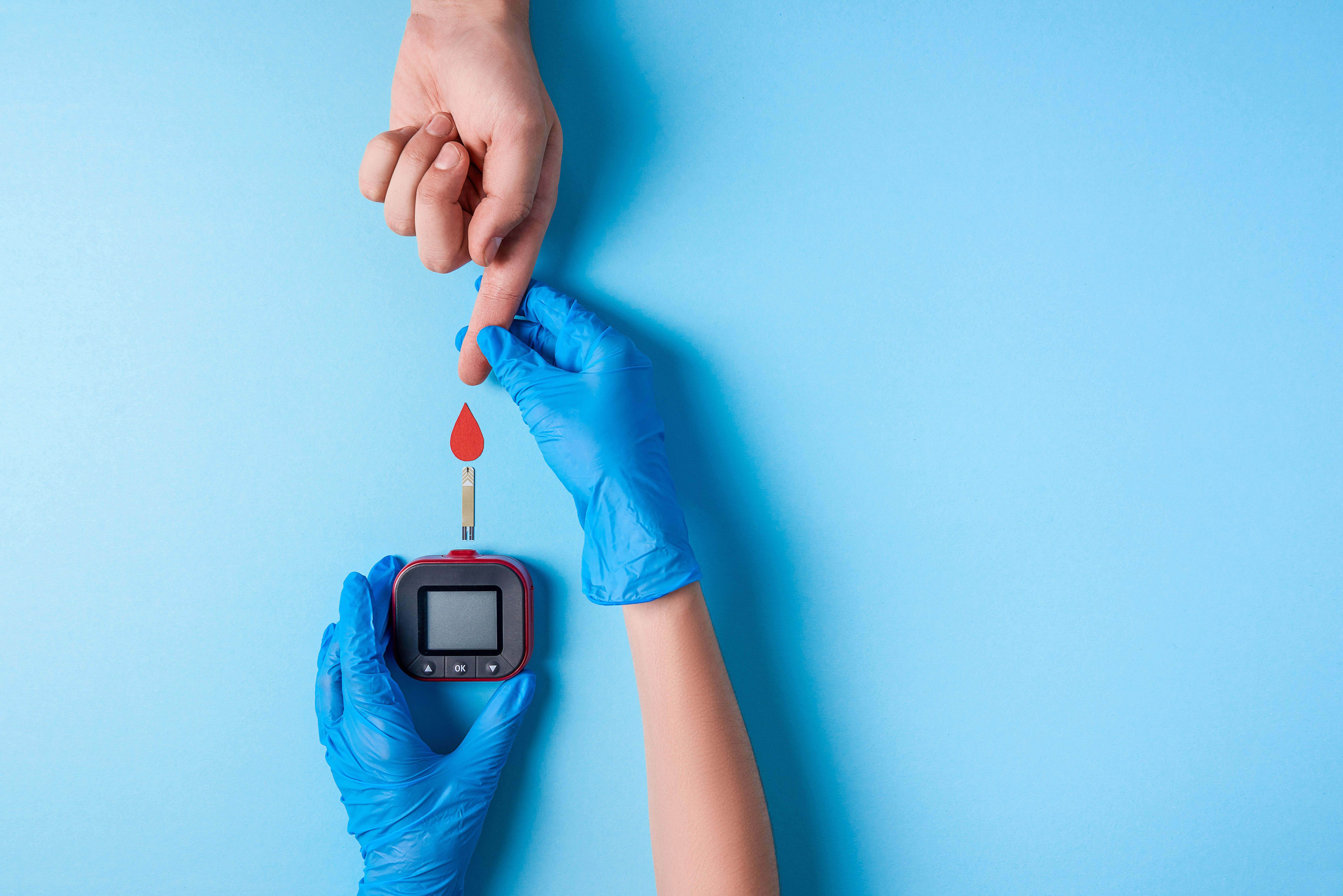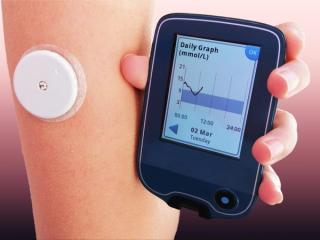
Diabetes
Latest News
Latest Videos

Shorts



CME Content
More News

Person-centric packaging enhances medication adherence for type 2 diabetes patients, simplifying therapy and improving outcomes, according to recent studies.
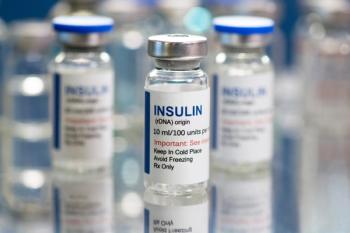
Pharmacists enhance diabetes care through text messaging interventions, improving medication adherence and glycemic control in patients with complex treatment plans.

In patients with diabetes and various levels of UACR, researchers aimed to uncover both the relative and absolute effects of SGLT2 inhibitors.

A study explored how SGLT2 inhibitors impact the kidney, specifically whether effects varied by estimated glomerular filtration rate (eGFR) or albuminuria.

Oral semaglutide 25 mg shows significant benefits in weight loss and cardiovascular health for patients with obesity, enhancing overall well-being.
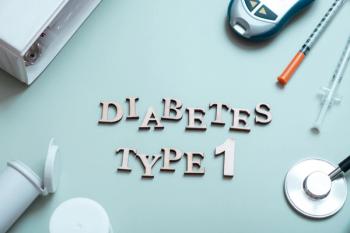
Finerenone shows promise in reducing kidney damage for type 1 diabetes patients, marking a significant advancement in chronic kidney disease treatment.

Through diabetes education and initiatives focused on community health care, Clipper F. Young, PharmD, MPH, CDCES, BC-ADM, BCGP, is making a difference for patients and the pharmacy profession.
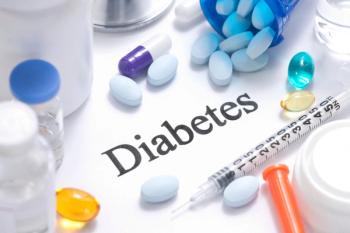
A study reveals tailored glucose monitoring intervals for type 2 diabetes patients based on HbA1c levels, enhancing long-term management strategies.
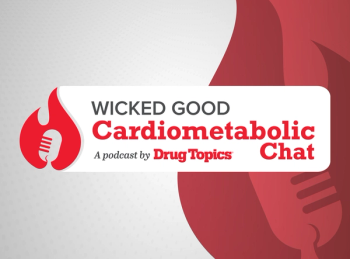
Episode 4 of Wicked Good Cardiometabolic Chat explores SGLT2 inhibitors and their efficacy beyond diabetes outcomes alone.

The regimen did not show signs of significant hypoglycemia and had a low prevalence of edema despite modest weight gain.

A study reveals that lower baseline BMI and early weight loss with liraglutide enhance significant weight loss outcomes in patients with type 2 diabetes.

FDA approves oral semaglutide for reducing cardiovascular risks in high-risk type 2 diabetes patients, enhancing treatment options and outcomes.
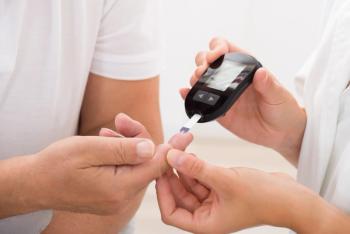
Orforglipron demonstrates superior glycemic control in phase 3 trials, showing promise as a new treatment for type 2 diabetes.

The immediacy of data from these monitors is essential in educating patients on managing their chronic disease states.

As shortages end, pharmacies that compound GLP-1s face lawsuits, stricter board oversight, and tougher FDA enforcement.

Pharmacists can help patients maintain muscle mass, meet their protein needs, and prevent nutritional deficiencies through evidence-based guidance that supports better overall health.

Further, they found weight loss prior to 75-g oral glucose tolerance test was a preventive factor for both impaired glucose tolerance and diabetes.
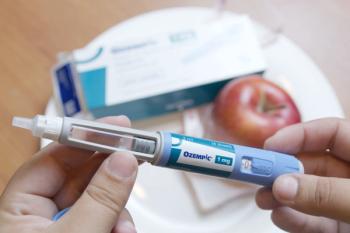
Researchers address impacts of the Inflation Reduction Act on the access, cost, and coverage of glucagon-like peptide-1 medications for patients with diabetes.

As GLP-1 popularity, use, and price continues to rise, pharmacy industry stakeholders are attempting to guide pharmacists and patients around the complexities of this drug class.
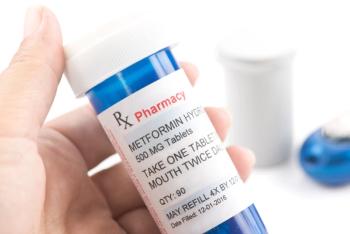
Investigators examine the effects of combination therapy with metformin combined with sodium-glucose cotransporter-2 inhibitors, dipeptidyl peptidase-4 inhibitors, or thiazolidinediones.

In part 3 of our interview with Rae McMahan, she explores her role at Prescryptive Health and how she’s helping pharmacy stakeholders navigate complex GLP-1 prescription drug benefits.

The model is designed to increase access, utilization, and adherence to insulin by lowering its maximum price.
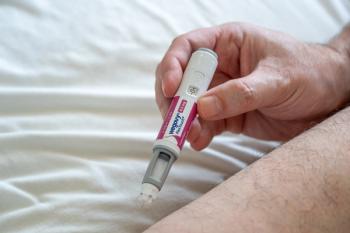
Through her work as senior vice president of payor solutions at Prescryptive Health, Rae McMahan shares insights into how increased GLP-1 popularity and costs impact pharmacies.

Rae McMahan, senior vice president of payor solutions at Prescryptive Health, discusses GLP-1 access, advertising, and the challenges that often accompany this drug class.
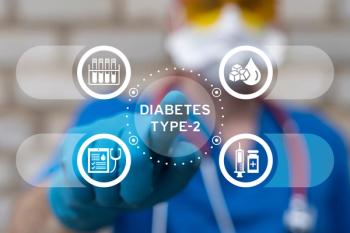
The clinical impact of sodium-glucose cotransporter 2 inhibitors on adults with type 2 diabetes calls for further research on the risk factors of treatment failure and patients’ economic outcomes.



